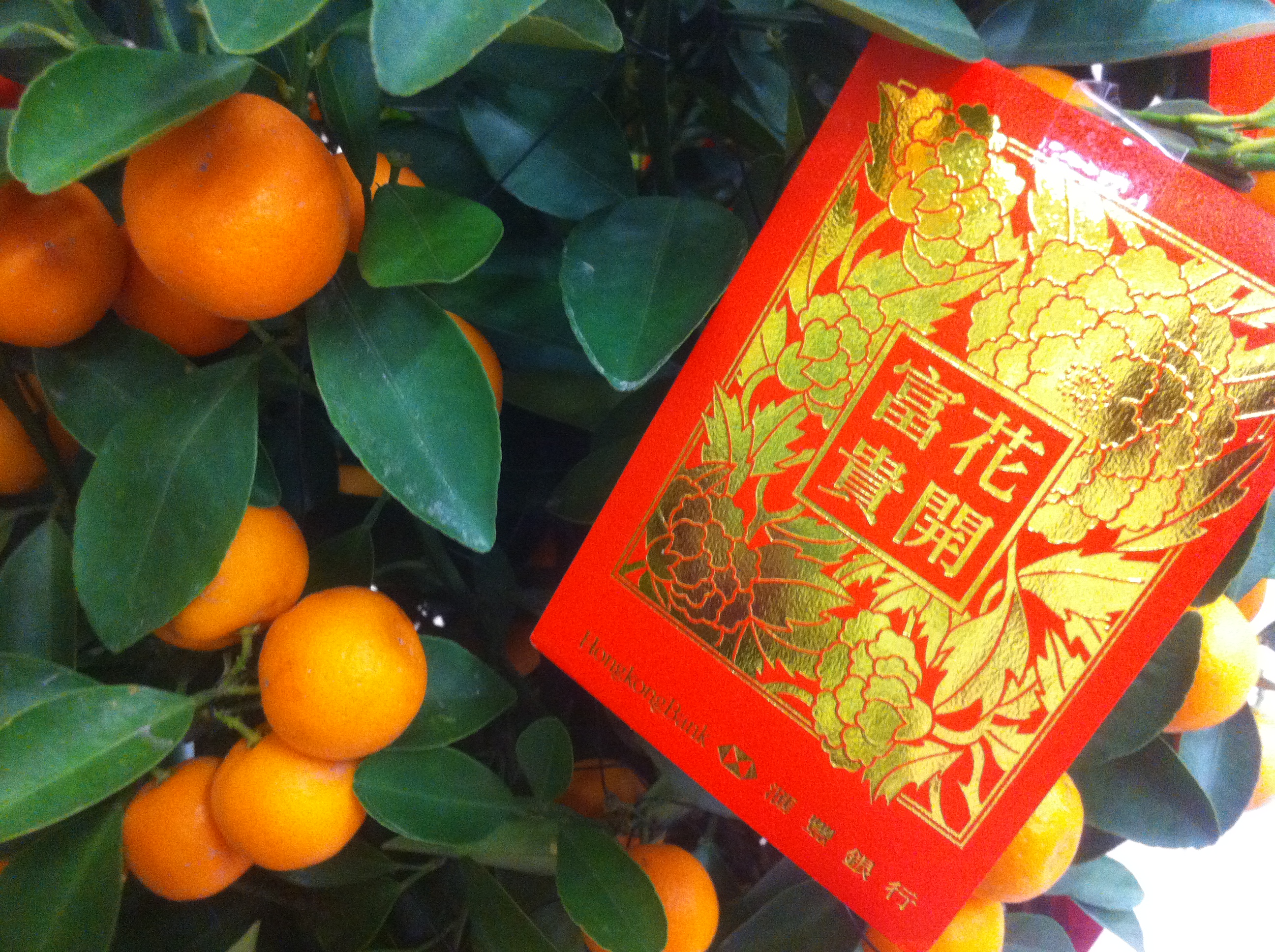(ATF) As someone who immigrated to Hong Kong a little over 10 years ago, I have come to appreciate Chinese holidays more and more every year, although I still feel I have a lot to learn.
One custom I have been trying to get better at over the years, most recently over the first few days of this lunar new year, is the art of giving red packets, also known as “lai see” (??), or more literally as hong bao or ang pao (??).
Those of us who didn’t grow up celebrating Chinese New Year find ourselves learning as adults whom all we should be giving these envelopes to, how much money to put in each one, getting fresh notes, saying the right greeting, avoiding embarrassing faux pas.
Among family and friends, most of the red packets I’ve handed out this year have gone to children under 14, and my own children have of course received several as well. That inspired me to write today’s article covering some important financial lessons lai see exchanges present to young children and their parents, especially those of us coming from non-Chinese backgrounds.
What Foreigners Can Learn From Red Packet Etiquette
Confucius supposedly said that if he had another 100 years to live, that he would devote fifty of them to studying the I Ching.
If I had those extra 100 years, I might devote 50 of them to studying how the Chinese think about money, as I have been for much of my 10 years here so far. One of the first impressions a foreigner might read from red packets is that Chinese culture is far more encouraging of direct gifts of money than many Western cultures seem to be. Americans are more likely to give children gift cards than cash, and far less can be done with a gift card than with cash.
One of the first impressions a foreigner might read from red packets is that Chinese culture is far more encouraging of direct gifts of money than many Western cultures seem to be.
The second Chinese money habit I see in ang pao is that you need to keep your money moving, one way or another, rather than letting it stagnate in a safe or savings account. This is less uniquely a Chinese idea, but is one that stuck with me when a tour guide explained how an old-style Chinese home was designed to keep rainwater flowing through it without leaving stagnant puddles, and how its wealthy owner thought the same way about keeping his money invested.
Third, I’m sure many of us are pleased to see that although giving red packets is something that can now be done virtually through apps like AliPay, almost all the ones I’ve seen this year are still given physically and in person.
Also on ATF
- Deaths, violence escalate in Myanmar crackdown
- Ministers first in line for Thai vaccines
- Another vaccine enters US Covid armoury
Those three points provide local, colourful, and tangible opportunities for children to learn how to allocate the lai see they receive between three main ways to keep it moving: spending some, investing some, and giving some.
These are the same three money skills American personal finance thought leader Dave Ramsey recommends teaching kids from an early age, and so next, I’ll describe how I’ve combined the above lessons with my American background in what I practice with my children.
Teaching American Kids About Money, With Red Packets
Of spending, investing, and giving, many parents have a hard enough time getting their children to master just the first of those three by the time they turn 18.
One of the most important lessons most children need to learn outside school is that things they want have costs, and proper planning and budgeting helps make sure they afford all they want and leave out the expenses and debts they don’t want.
This is one point where I believe giving children physical cash, rather than credit, debit, or gift cards more common in America, helps develop better spending habits as kids grow up.
When it comes to the portion of a child’s red packet money that should be invested, Americans have the advantage of being able to use UGMA/UTMA accounts, which don’t really exist in Hong Kong.
These accounts allow parents to invest money received in a separate account for the child’s benefit, that the child gains full control of as an adult (defined somewhere between age 18 to 25, depending on the state). We set up our daughter’s UTMA account shortly after she was born to invest her gift money, and our older children (who love video games) have found reasons to learn about the relative profitability of companies like Nintendo, Nvidia, and AMD.
Besides having well-defined accounts parents can open for their kids, US brokerage firms also make it easier for parents to teach their kids about investing due to wider adoption of fractional shares and commission-free trading.
Although a Hong Kong mom could easily enough open a separate account in her own name and just remember it’s for her child, I’ve found it more difficult to find a Hong Kong platform that makes it easy to invest HK$800 of lai see money without minimums or commissions (two I’m aware of include SoFI and Teyk, especially given that HK-listed shares trade in board lots of hundreds of shares. I expect I’ll keep getting many questions about how best to set up investment accounts for children to learn about stocks, given that my 2018 article “The First 10 Stocks to Buy a 10-Year Old” is still one of my most read.
Third, and perhaps most importantly, as children receive more and bigger red packets as they get older, they should start seeing the importance of being generous, and what it means to be a good giver. I forget where I first heard that deliberate giving is a sign of strength, and something that the less organised are not capable of, but that sounds like an important enough lesson for someone old enough to give a red packet.
That last point may be the clearest lesson I have taken away from lai see exchanges: although it may seem like an economic wash for me to give your child $20 and you to give my child $20, those envelopes in their hands feel very different than the same amount of money in just another allowance.
Conclusion
As a third-culture wealth manager who is continuing to learn more about Chinese holidays and customs every year, it is probably clear that the easiest part of this year’s lai see exchange has been helping my children invest the portion they’re ready to invest. For everything else, I hope these opportunities-in-envelopes can also help them be better spenders and givers.
Happy Year of the Ox!
























